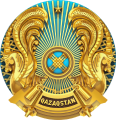
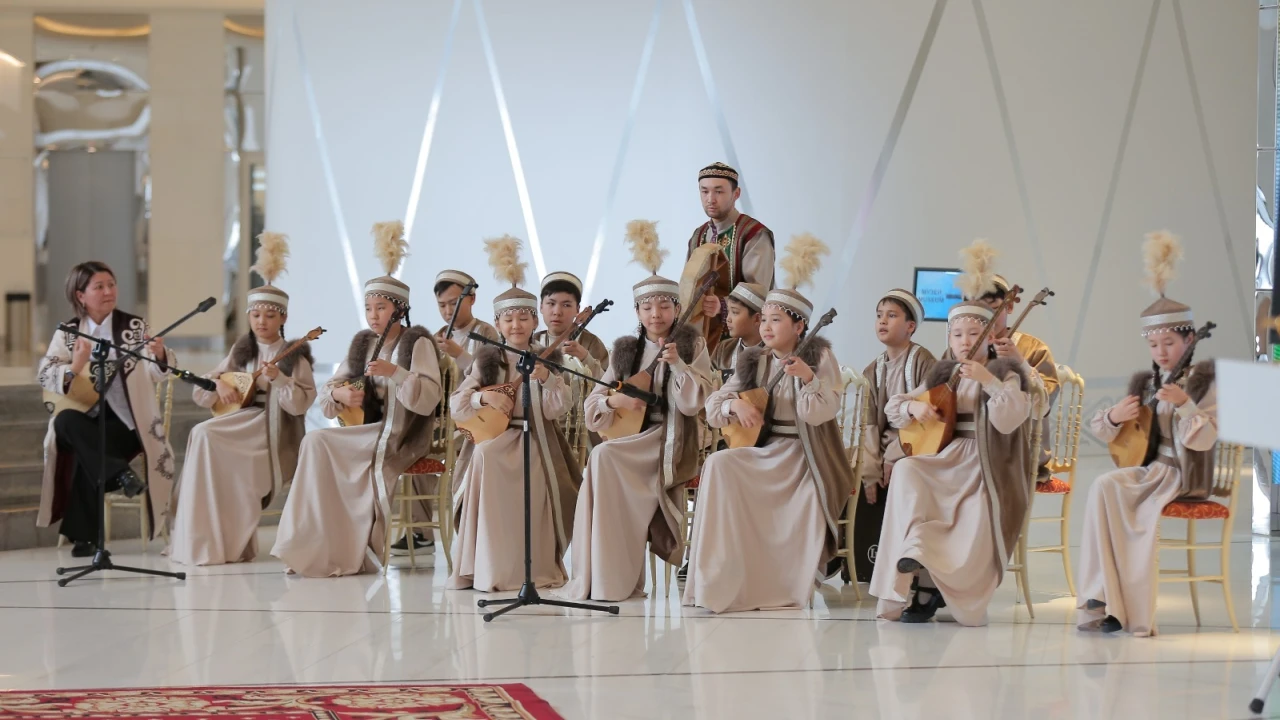
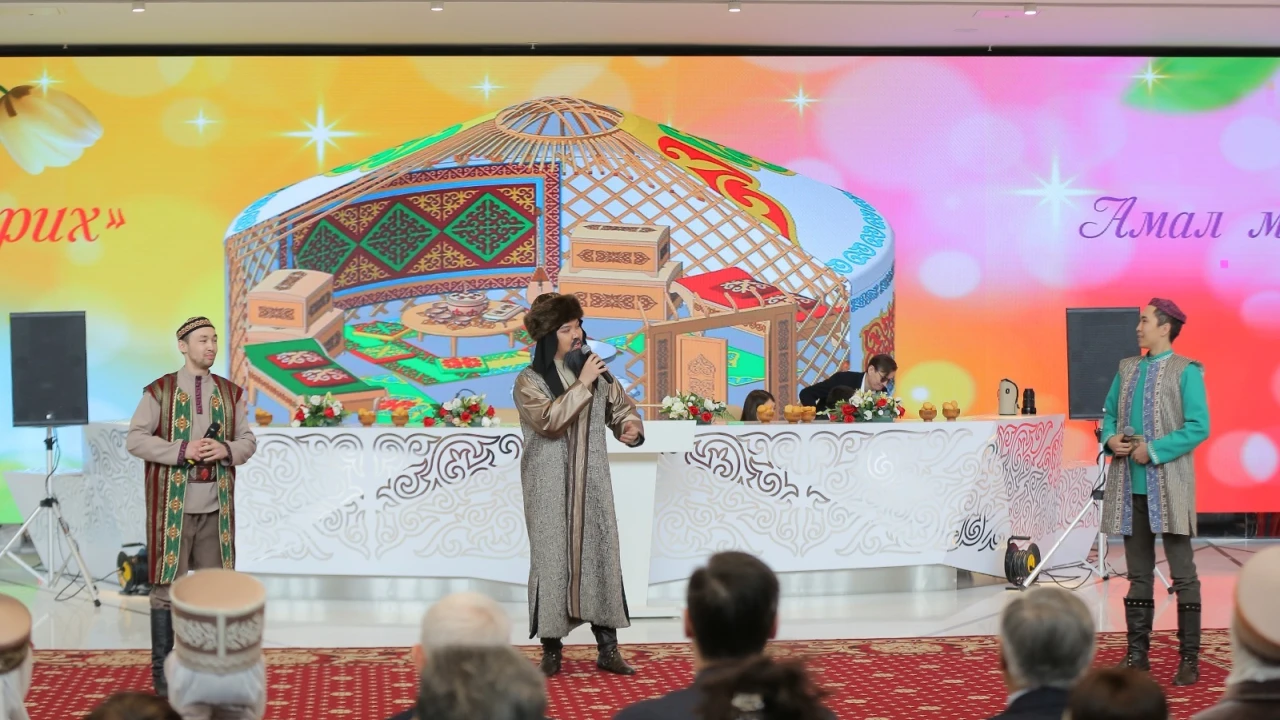
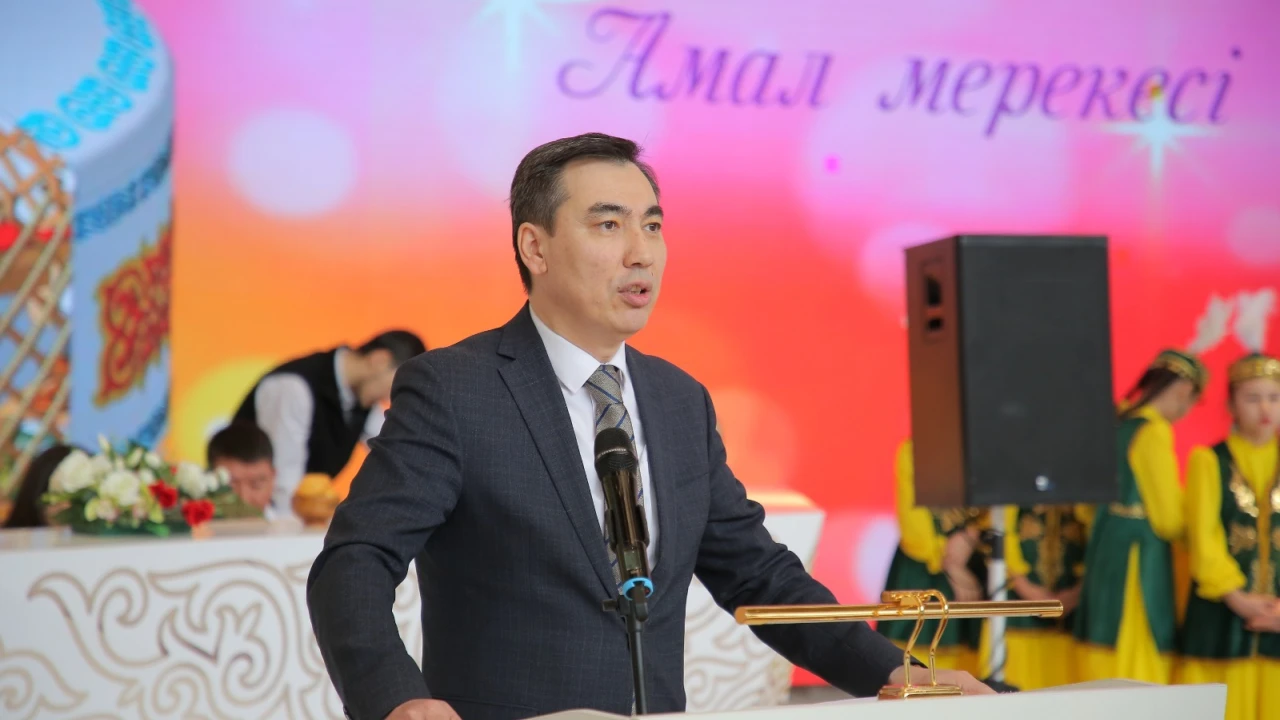
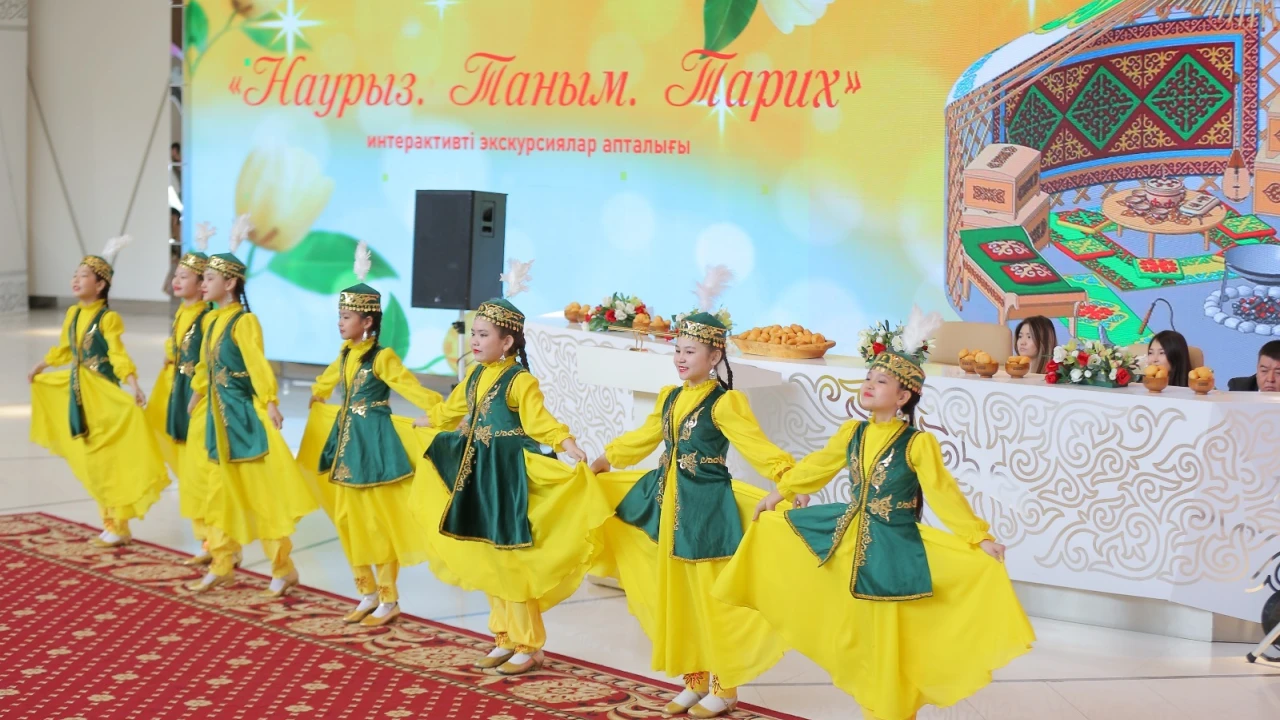
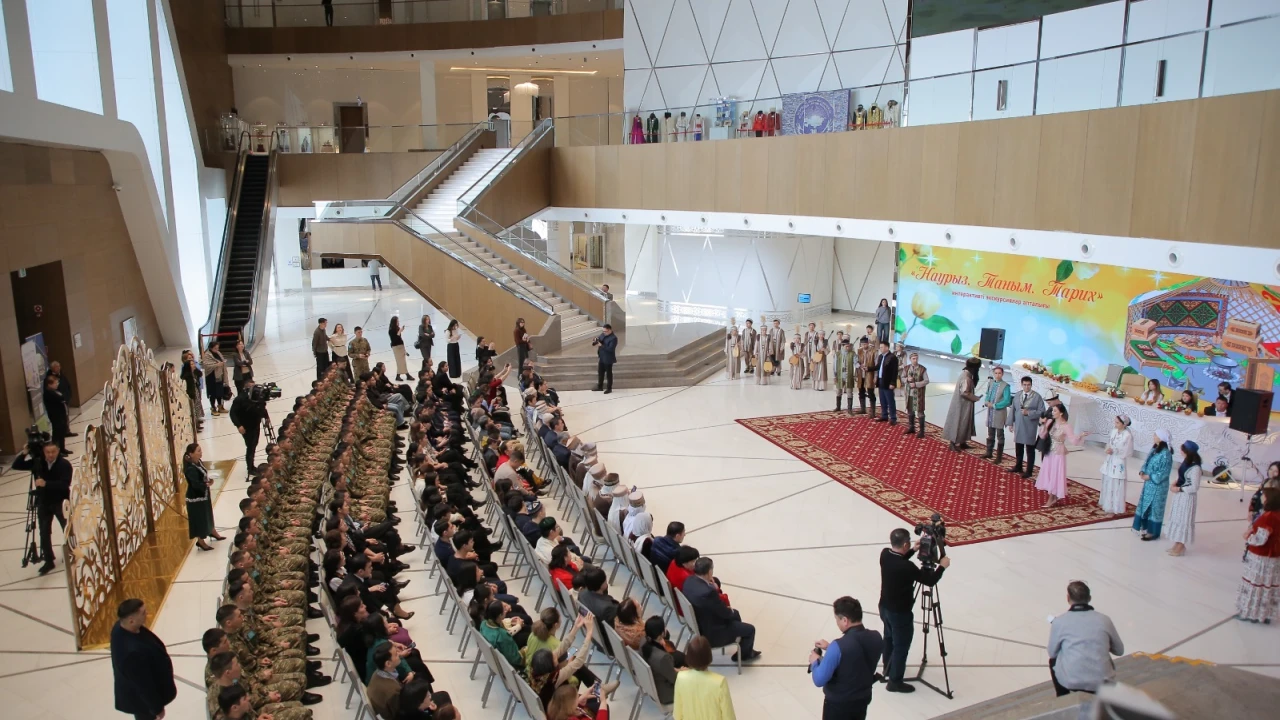
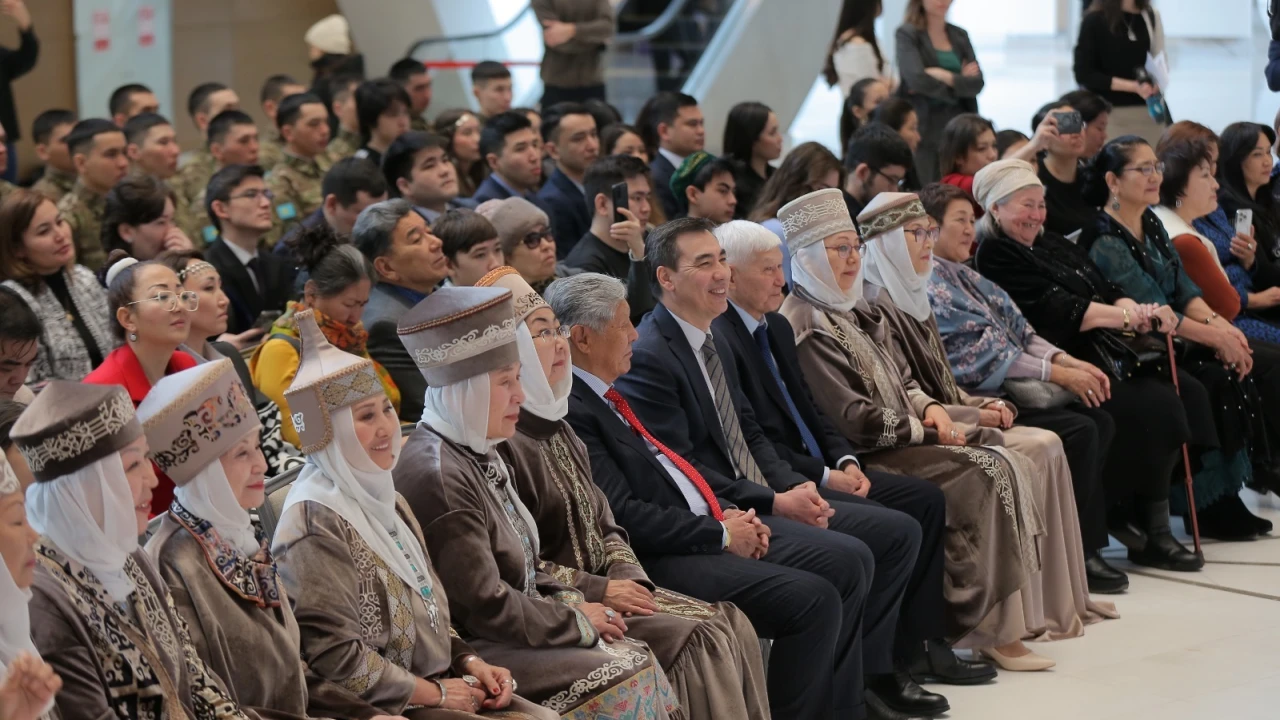
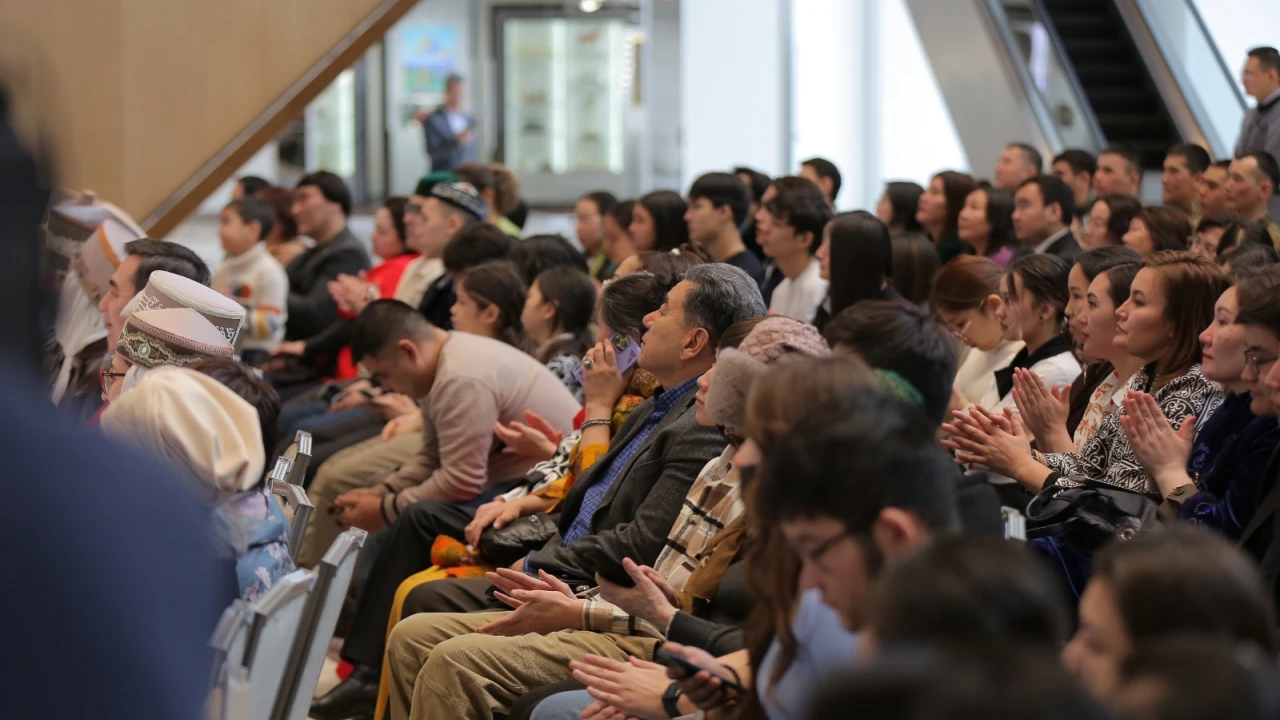

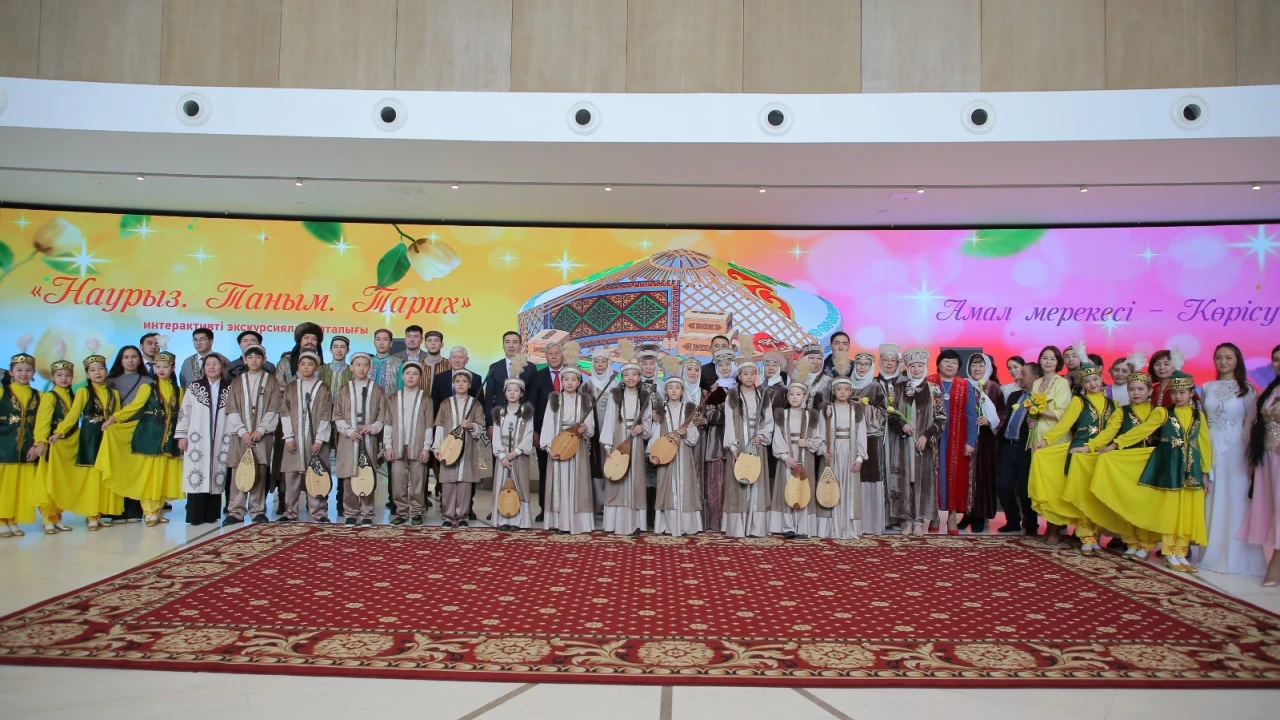
The Presidential Centre of DPA RK hosted the grand opening of the interactive excursion week "Nauryz. Tanym. Tarikh."
Over 100 participants, including cultural figures, faculty and students from the capital's universities, government representatives, visitors from the city's active longevity centers, and members of the capital's guide club, will take part in this event.
"Nauryz is a rich cultural heritage of our people. The word ‘Nauryz,’ derived from Persian, means 'new day,' signifying the equinox, the renewal of nature, and the continuity of generations. By the initiative of the President of the Republic of Kazakhstan, K.K. Tokayev, the holiday will be celebrated for ten days in Kazakhstan as part of Nauryznama. During the interactive excursion week at the Presidential Center, visitors will have the opportunity to explore publications at a themed book exhibition and participate in both general and thematic tours that introduce traditional Kazakh clothing and musical instruments," said Bakytzhan Temirbolat, Director of the Presidential Center of Kazakhstan.
The holiday exhibition features 80 exhibits from the Presidential Center of the Republic of Kazakhstan's museum, archival, and library collections.
It is worth noting that the exciting journey through time, as part of this event, allowed everyone to touch the origins of the national culture and understand the deep meaning of the Nauryz holiday.
Moreover, on March 18, 2025, the Presidential Center will host a thematic excursion titled "Dombra – The Invaluable Heritage of the People," where guests will learn about the sacred meaning of the Kazakh musical instrument. The secrets of this instrument will be shared by master craftsman Bauyrzhan Ardaquly and virtuoso dombra player, kyuishi, and Honored Worker of Kazakhstan Anar Muzdakhanova.
On March 20, a unique excursion titled "The Golden Ornament of History" will focus on the Kazakh women's national costume. Visitors will see a unique reconstruction of the 'beshmet' worn by Khan’s wife Fatima and learn how the costume reflected the status and worldview of Kazakh women in past centuries.

